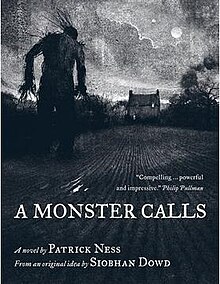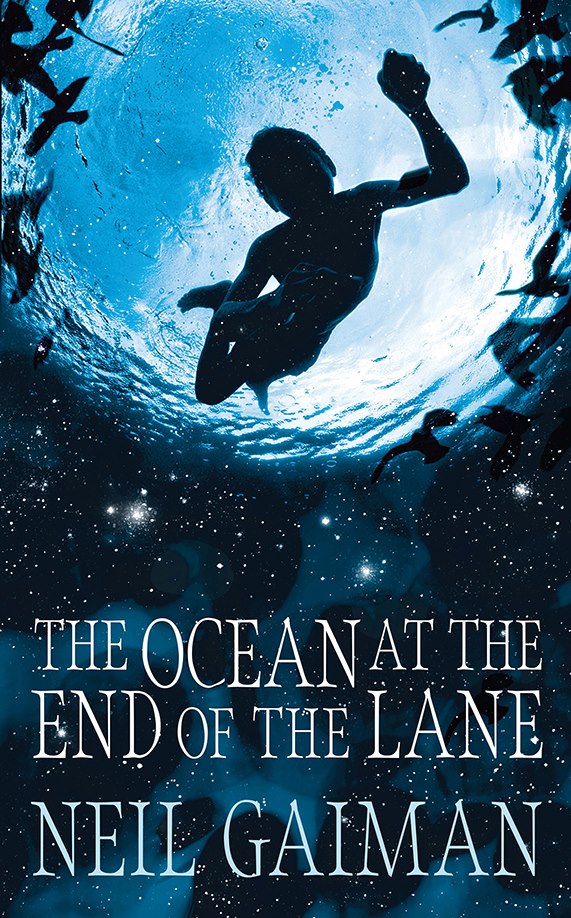The story centres on Lucille, a seventeen year old Patroller in an alternative 1920s American metropolis. With her experienced partner Hank, Lucille's job is to collect the dead bodies of those contaminated by a deadly virus, causing horrifying skeletal mutations. But on a routine pick-up Lucille and Hank stumble on a murder scene, with sinister connections to the Mayor. Is there a cover up? Is there corruption at the heart of the city's governance? Is there more to the virus than Lucille knows?
The premise reads like a typical crime set-up, but as a whodunit set in a well-realized dysfunctional alternative America. Truscott expertly balances the realization of her own dystopia with the pace and tension of a taut, atmospheric thriller. It whips like the very best modern crime novel but frames itself like a film noir: viral prohibition meets Fahrenheit 451. It is as if Truscott has spun an experiment on us using all the horrible, troubling troupes of our own times: recession, Ebola, corruption, class divide and political instability. It creates a unique nightmarish vision. And Truscott does this with aplomb. Her writing is specific and sensual. I especially admired the smells she describes: the bleach and gas and other chemicals. The virus stinks from the page. But you cannot turn away...
The ending was perhaps unexpected, at first a little strange. However, on discovering that this is Book 1 of a Lucille Harker series, I am very much interested to see where Truscott goes next. She has created a richly imagined and very different world and so I look eagerly to exploring more of it.
Come on! Bring on the Sound and Fury!

